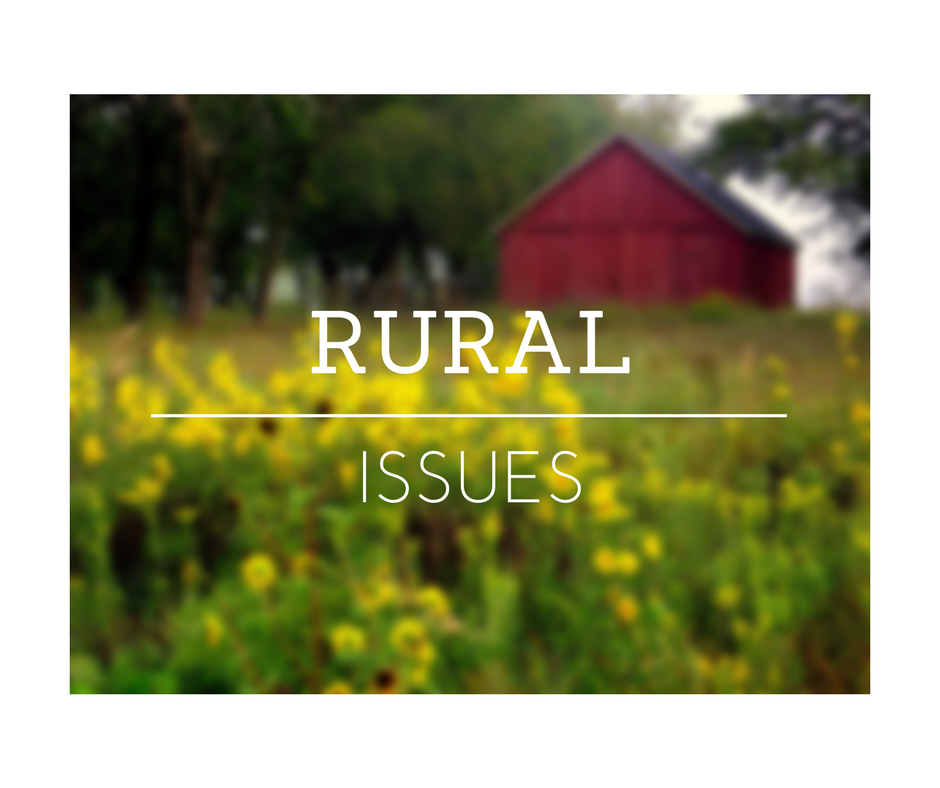Preserving fragile habitat for the lesser prairie-chicken in regions hit hard by drought has caught the attention of public and private groups.
The U.S. Fish and Wildlife Service has delayed the effective date of the final rule for two population segments to March 27.
Two population segments have been focused on in the recent years, those are being classified as southern and northern district population segments. The Southern DPS is being listed as endangered but the Northern DPS has listed the birds as threatened.
The U.S. Fish and Wildlife Service is still finalizing a section 4(d) rule designed to preserve the habitat of the lesser prairie-chicken while allowing greater flexibility for landowners and ranchers. Ranchers are fired up about the 4(d) rule; meanwhile, there is a banking option that offers the ideal win-win between development and ranching, that pays ranchers a fair rate for chicken stewardship.
The extension from Jan. 24 was designed to allow industry stakeholders more time to participate in or expand voluntary conservation efforts before the primary nesting season of the species, which is in the spring. The service will allow for additional pre-listing enrollment in approved conservation tools and plans including Candidate Conservation Agreements with Assurance sand Habitat Conservation Plans.
Wayne Walker, the CEO of LPC Conservation, a special purpose entity of Common Ground Capital, Oklahoma City, Oklahoma, has been at the forefront of the discussions on a 4(d) rule that helps landowners who are balancing grazing and operations and energy sectors who need access to the property for production. “Conservation easements do work,” he said. “The interest in the bird continues because the past two years, particularly in the northern district where bird counts are higher, have been impacted by drought conditions.”
Walker was recently in western Kansas to visit with farmers and ranchers who had questions. They want to be able to have flexibility. Private investment can help them to balance needs from providing habitat while receiving payments to do just that—and they can still continue farming and ranching activities.
The U.S. Fish and Wildlife Service is making a good effort to put together a comprehensive plan that Walker hopes, in the end, will provide the balances habitat preservation without regulations that hamper a farmer and rancher from making a living.
“The service is trying to do something helpful to allow them (farmers and ranchers) to do a very simple grazing plan in literally just a few pages,” Walker said. “They mostly (wildlife officials) want to know your stocking rate and what you are going to do during drought conditions because the lack of moisture is what really what causes problems.”
From a practical standpoint, in the summer the cattle are going to go where the grass is available. The service wants to make sure livestock stays away from fragile habitat. Walker said that is where the management balance is needed. Walker expects the USFWS to make an announcement soon.
He encouraged Kansas landowners who may be impacted by potential regulation to visit with their local fish and wildlife office. Also, the Kansas Livestock Association has been keeping up to date and that is a benefit to members.
Walker expects a plan to continue to encourage private companies that can provide easements that benefit landowners and provide certainty to the Fish and Wildlife Service that the habitat can be preserved.
The lesser prairie-chicken has its best opportunity when landowners can work together with Fish and Wildlife Service, he said. Farmers and ranchers work with the Natural Resources Conservation Service and in some regions the Nature Conservancy, as examples, to help provide habitat for other upland game birds so he was confident that all sides can come together.
What is good about private capital from his organization and potentially others is that landowners can receive up-front payments for market-based conservation easements for essentially being good stewards, otherwise the birds wouldn’t be there in the first place. Sometimes this requires a lot of changes to the operation and sometimes it doesn’t require many changes depending on the long-term management plan developed for the property. LPC Conservation provides a blueprint for what is expected from the landowner.
Providing certainty is crucial to both parties
“Right now there is uncertainty and uncertainty is not good for business people, whether it’s ranchers or conservation bankers,” Walker said. “We’re all business people and we don’t like uncertainty.”
The conservation banker said he expects bird counts to show the impact of drought but when habitat receives adequate moisture it benefits the birds.
The lesser prairie-chicken habitat has to be a large area for the bird to have its best chance of growing numbers and that often means strongholds of not only 25,000 to 50,000 acres but up to 100,000 acres in some cases. To Walker, that means the best hope for doing that is working with multiple landowners who can work together with federal agencies to achieve a mutual goal.
With conversation easement payments, Walker said that can help today’s rancher with expenses he faces today whether replacing cattle, which is much more expensive today than a few years ago, or assisting a son or daughter or grandson or granddaughter with getting them started.
Dave Bergmeier can be reached at 620-227-1822 or [email protected].




